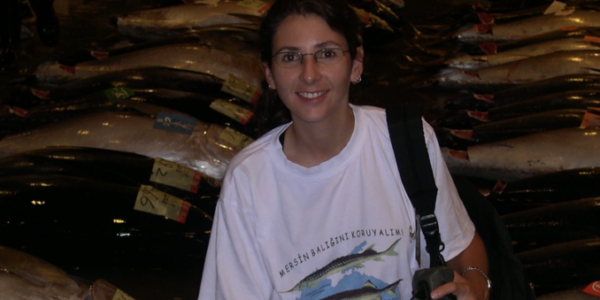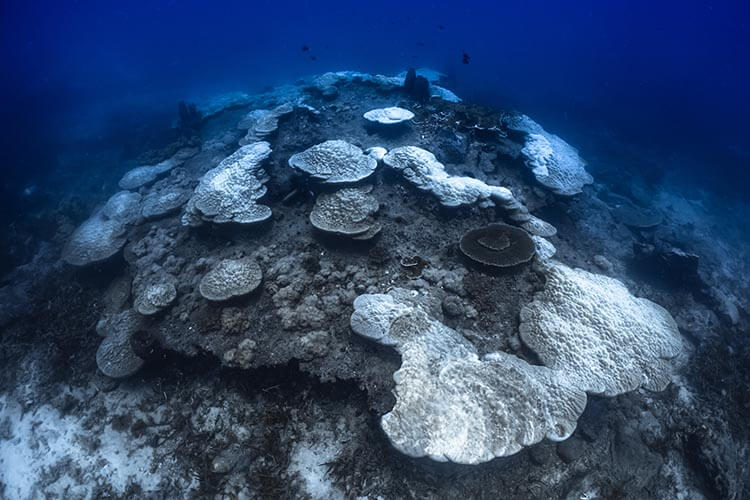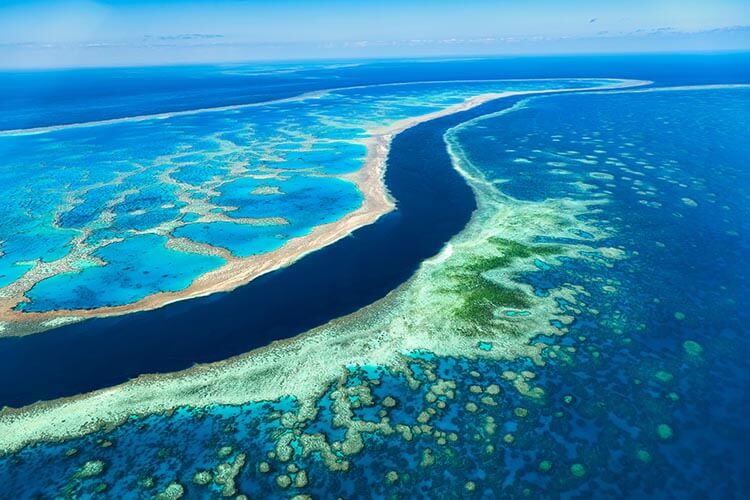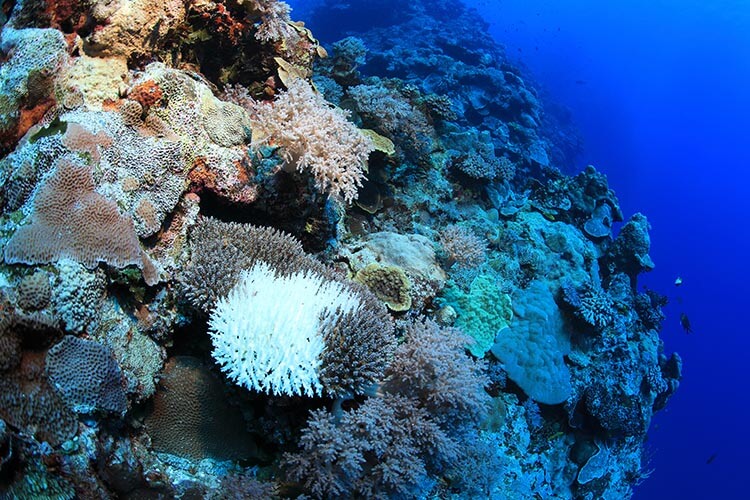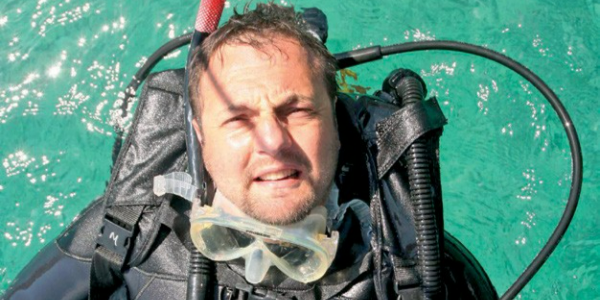By
The Australian Institute of Marine Science (AIMS) has reported that extensive coral bleaching across the Great Barrier Reef during February is now being classed as the fifth mass bleaching event to have affected the reef since 2016.
Aerial surveys of the reef were ordered when the first signs of bleaching were noticed in early February 2024. Of the approximately 3,000 individual reefs that make up the Great Barrier Reef, observations have so far been collected from more than 300 reefs across the central and southern regions of the Great Barrier Reef Marine Park, representing around two-thirds of its total extent.
‘When bleaching becomes common across many sectors of the Great Barrier Reef, including both inshore and offshore reefs, it becomes a mass bleaching event,’ AIMS Senior Research Scientist Dr Neal Cantin, who led the aerial surveys.
‘As the Great Barrier Reef ecosystem is so large – the size of Italy – the heat stress across it isn’t uniform. As a result, we are seeing differences between reefs with respect to the number of corals that are completely white. This pattern largely follows the pattern of accumulated heat stress seen over the past few months.’
Previous mass bleaching events on the Great Barrier Reef have occurred in 1998, 2002, 2016, 2017, 2020 and 2022, making this the sixth such occurrence since AIMS’ coral monitoring began in 1985.
Despite the mass bleaching events, however, the GBR’s corals have proven remarkably resilient, reaching record-level coral cover across most of the reef in 2022, according to AIMS surveys, although the rapid growth paused in 2023.
Coral bleaching occurs when the symbiotic dinoflagellates (a type of algae) known as zooxanthellae that live within reef-building coral polyps are ejected as the ambient water temperature rises. Zooxanthellae, of which there are many different species, provide the coral with nutrients derived from photosynthesis, as well as the coral’s colouring.
Without the zooxanthellae inside them, the coral polyps return to their natural, transparent state, enabling the underlying white, stony sediment that they secrete beneath them to become visible, giving the coral the impression that it has been ‘bleached’
Bleaching is a natural response to elevated water temperatures, and recovery occurs when the water temperature returns to normal and the zooxanthellae are reacquired, or when species of zooxanthellae better suited to the increased temperature are available.
Depending on the species, corals can survive for periods of between two weeks in the case of branching corals, to several months for the larger heads of porites. Prolonged increases in water temperature, however, coupled with repeat bleaching events, can prevent the coral from recovering adequately and lead to widespread coral mortality
The fate of the GBR’s corals will not be known for several weeks, as AIMS continues to survey the individual reefs.
Conditions over the next few weeks will determine the outcome,’ said Dr Cantin. ‘Until both the aerial and in-water surveys have been completed and the data analysed, we cannot predict the potential impacts that will follow this year’s mass bleaching event.
‘These surveys will continue to document the prevalence and severity of coral bleaching across a range of habitats and depths until the end of March,’ he added; ‘they will complete our full assessment of the spatial extent of coral bleaching into the remaining remote inshore and offshore regions of the Great Barrier Reef.’
AIMS Research Program Director Dr David Wachenfeld said that elevated sea surface temperature driven by climate change is behind the recurring mass bleaching events on the Great Barrier Reef.
‘In the last northern hemisphere summer there was record-breaking heat stress in the Caribbean and the Eastern Pacific, causing severe and widespread coral bleaching,’ said Dr Wachenfeld. ‘This mass coral bleaching event on the Great Barrier Reef is part of a global pattern of extreme heat, caused by climate change.’
‘The Great Barrier Reef has seen increases in coral cover to high levels in recent years, indicating it is still a resilient system,’ added Dr Wachenfiled, ‘but this resilience has its limits.’
The team from AIMS, however, also noted that ‘mass coral bleaching events do not affect all reefs and all corals equally,’ implying that some corals appear to be better suited to coping with the elevated water temperatures than others. Scientists from multiple establishments across the world – including AIMS – are seeking to determine which corals are most genetically resilient to heat stressors, in order that they might be cross-bred into the reefs most severely impacted by bleaching.
Source: https://divemagazine.com/scuba-diving-news/fifth-mass-great-barrier-reef-bleaching-since-2016












